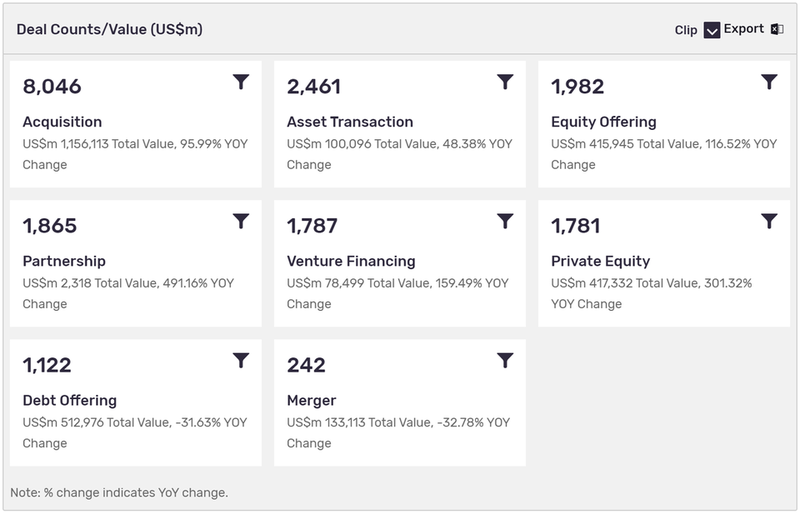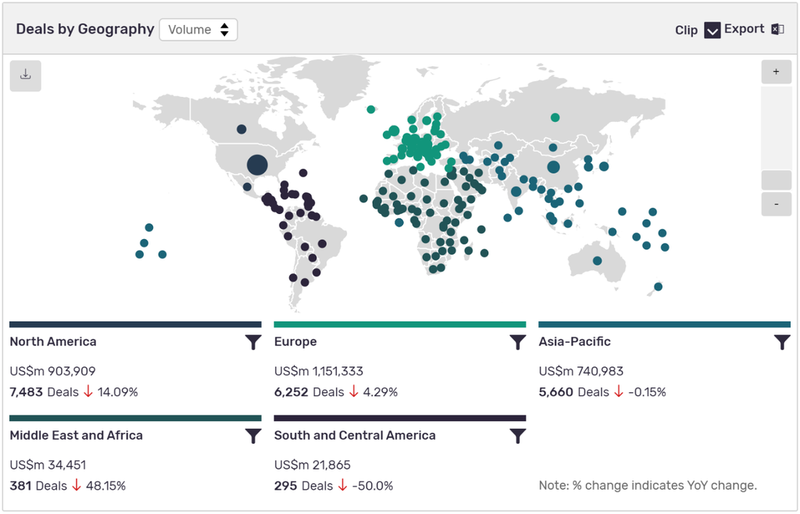

The new automaker group will be called Stellantis and will bring familiar brands such as Peugeot, Citroen, Fiat, Dodge, Jeep, Opel, Alfa Romeo and Maserati under the same leadership. The merger will reduce costs for both groups thanks to platform and component sharing, and joint R&D expenditure.
The deal comes at a time when pressure on auto groups is high thanks to the ongoing impact of Covid-19 and developing megatrends including electrification, connectivity and autonomous vehicles vying for attention. While those challenges affect all auto players, Stellantis’ leadership will be hoping the newly merged group can tackle some of the specific weaknesses that affected FCA and PSA prior to the agreement.
Most pressing is the group’s weakness in China – the world’s largest car market and a vital growth engine for any international auto player. Despite continued efforts from both partners, neither has been able to establish a strong sales base in the country or capture the market’s imagination with a stand-out model. This weakness is increasingly exacerbated by the rapid pace of improvement shown by China’s home-grown automakers, undercutting many foreign automakers.
Industry estimates put both PSA and FCA’s capacity utilisation in Asia-Pacific at just 8%, with the majority of that capacity concentrated in China. The groups’ inability to break into China was exemplified by the news in January 2020 that a PSA joint venture with Chinese OEM Changan would be dissolved as both parties sought to sell their stakes in the underperforming unit.
The 2011 JV led to the construction of a 200,000 unit-per-year factory in Shenzhen intended to manufacture DS-branded vehicles for local sale but volumes simply never reached that level, peaking at a little more than 20,000 units in 2014 before dropping dramatically. Qoros brand owner Baoneng Investment Group has since purchased the operating unit.
Clearly, fortunes for both groups in China need resuscitating and the Stellantis merger gives them a better chance at success than as separate competitors. Sharing rebranding costs, along with production facilities and distribution networks will spread the financial burden more widely across the newly formed group, reducing the risk to both parties and increasing the chances of gaining a foothold in the world’s most important vehicle market.
Overcapacity is not just a problem for Stellantis in China, however. The group has consistently operated below capacity for years with estimates suggesting that, even in strong sales years such as 2016, the combined group had capacity for roughly four million vehicles left on the table.
Stellantis’ leadership has pledged not to close any factories after the merger, claiming that it will be able to make use of the additional capacity by increasing sales. However, some analysts predict that closures will be inevitable as the group seeks to cut costs.
Facilities at particular risk include Opel’s Ellesmere Port factory in the UK which faces added uncertainty due to the fallout from Brexit and the last-minute trade deal signed by the UK and EU that sets rules of origin requirements on UK-made vehicles if they are to avoid EU import tariffs.
In addition, the new Stellantis leadership, fronted by PSA CEO Carlos Tavares, will seek to rationalise its now-larger brand portfolio. Expect the strongest players to be immediate growth drivers for the group, with Jeep SUVs and RAM pickup trucks earning healthy revenues. The lineups of volume players including Peugeot, Citroen, Fiat and Opel will need to be adjusted to limit sales cannibalisation among the group. Focus will also turn to underperforming outliers including Maserati, Alfa Romeo, DS and Lancia that will need either a costly reboot to reach projected sales figures or could be culled to cut costs.